Perfume Empires: Colonial Expansion and Fragrance Exchange
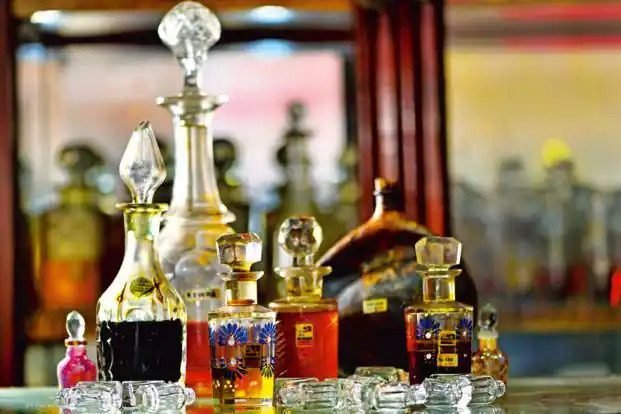
In the grand tapestry of human civilization, few elements have left as profound an impact as the narrative of spices and perfumery. From ancient trade routes that spanned continents to the colonial conquests that reshaped economies, the pursuit of exotic scents has woven itself into the fabric of cultures, societies, and commerce. Let us embark on an immersive journey through time and fragrance, delving into the exploration, exchange, and enduring influence of aromatic materials on the perfume industry.

The world on the brink of the European Age of Exploration was an era teeming with curiosity and courage. At its heart lay a relentless quest for direct access to the immensely lucrative Eastern spice trade. In the 15th century, spices weren’t merely culinary ingredients; they symbolized wealth, sophistication, and medicinal prowess. Pepper, cinnamon, cloves, nutmeg, and saffron, among others, were coveted for their tantalizing flavors and therapeutic properties.
Famed explorers like Christopher Columbus and Vasco da Gama braved uncharted waters in pursuit of these aromatic riches. While Columbus’s westward voyage led to the discovery of the New World, da Gama successfully circumnavigated Africa, forging direct sea routes to the spice-laden lands of India. These audacious expeditions heralded the dawn of European dominance in global trade, as powers like Portugal sought to control key ports and territories.
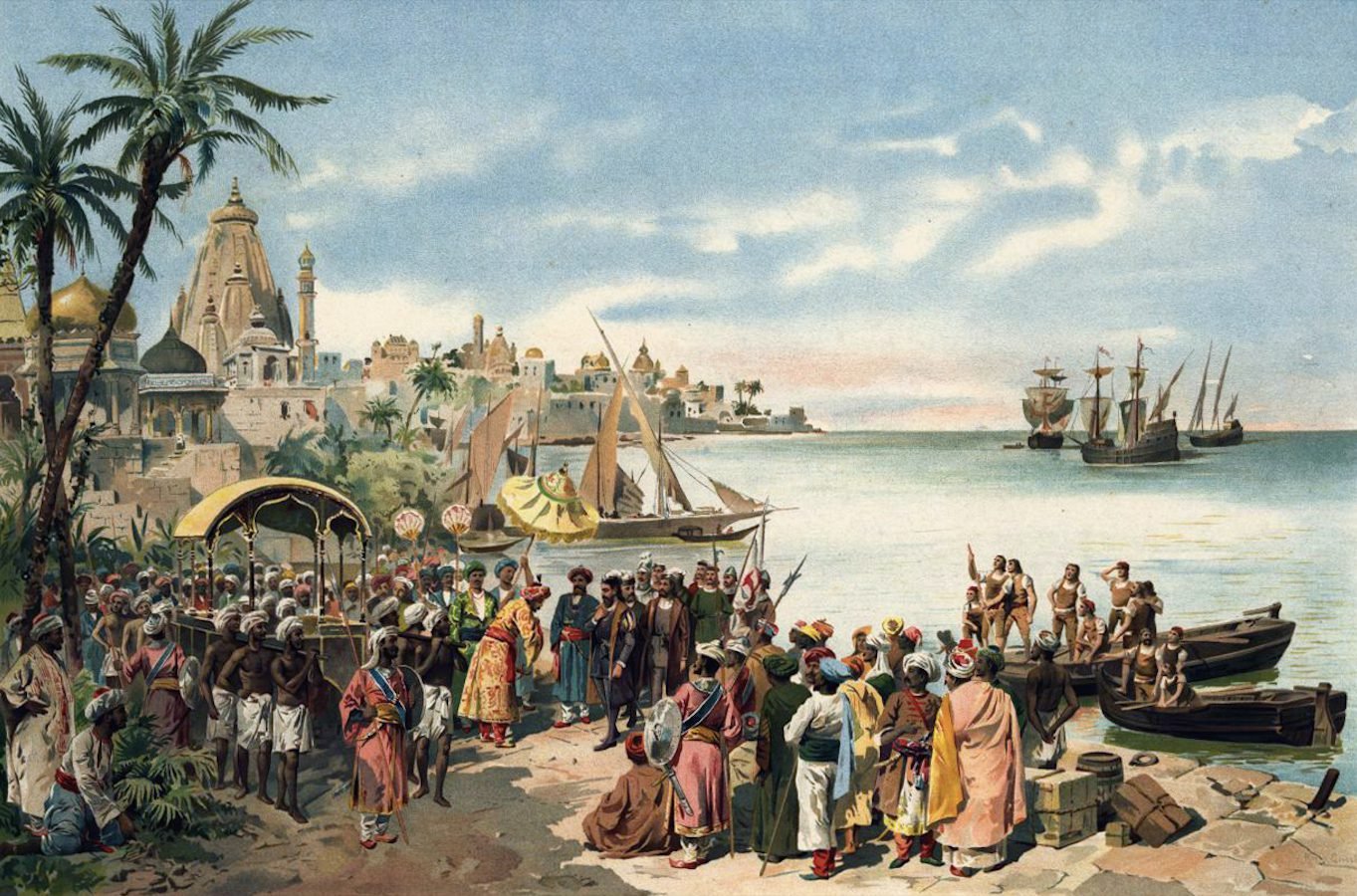
Spices transcended mere culinary commodities—they symbolized power, prestige, and luxury. From the 16th century onwards, European powers vied for control over the spice trade, establishing monopolies over crucial routes and markets. Spices adorned the tables of nobles and commoners alike, elevating culinary experiences and signifying social status.
Yet, the allure of spices extended beyond the kitchen. Their aromatic essences permeated perfumery, transforming them into coveted commodities. Frankincense, myrrh, sandalwood, and musk became prized ingredients in perfumes, incenses, and scented oils, enriching homes, religious rituals, and personal adornments.
Spices were employed as incense, scattered on floors, or even applied directly to the skin for their aromatic properties. From sacred spaces like churches to more mundane settings like brothels, spices were utilized to combat the pervasive odors characteristic of medieval interiors. Among the most coveted perfumes were those derived from frankincense, myrrh, balsam, sandalwood, and mastic. Equally prized were scents sourced from animals, including civet, castoreum from beavers, and musk from deer. Additionally, aromatic substances such as those obtained from ancient mummies and other exotic sources constituted a third category of fragrances.

During the Middle Ages and early modern period, perfumes were believed to possess medicinal properties. Firstly, they were utilized as purgatives, aiding in the cleansing of the body. Additionally, the prevailing belief in maintaining a balance of the four humors within the body led to the notion that a healthy diet should ensure equilibrium in temperature and moisture levels. Spices played a crucial role in achieving this balance, particularly in dishes featuring ingredients like fish, which were considered cold and wet. By incorporating specific spices, such dishes could attain a harmonious blend of contrasting qualities.
Furthermore, certain pungent spices were believed to possess the ability to neutralize foul odors, which were often associated with the spread of diseases. During outbreaks of the Black Death plague that ravaged Europe, people resorted to burning ambergris, a fatty substance obtained from the intestines of whales, in an attempt to ward off the disease. This practice underscored the widespread belief in the purifying and protective properties attributed to certain aromatic substances.
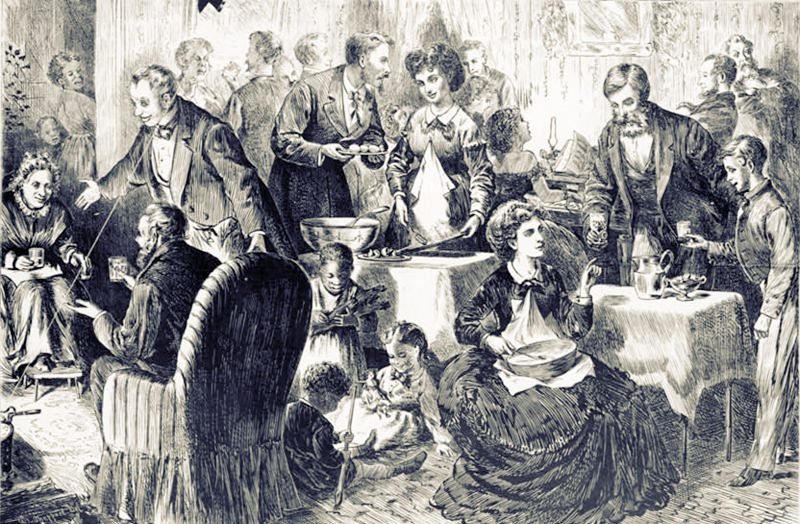
The colonial era ushered in a profound exchange of perfumery techniques and ingredients. European conquests brought them into contact with a cornucopia of aromatic treasures. The Silk Road, an ancient network of trade routes linking East and West, facilitated the exchange of perfumes, spices, and cultural practices.
Arabian perfumery flourished during the Middle Ages, boasting expertise in crafting luxurious fragrances. Ingredients like oud, rose, jasmine, and musk formed the bedrock of these scents, coveted by elites worldwide. The Silk Road served as a conduit for the trade of these exotic materials and the dissemination of perfumery techniques that extracted essential oils from plants. Some such perfumery techniques exchanged were distillation, maceration and enfleurage.

Distillation is still widely practiced in modern perfume-making; it entails heating the plant material to a boil and then condensing the resulting vapors to collect the essential oil. Maceration is another method that involves soaking the plant material in oil for a certain duration. Through this process, the oil absorbs the essential oils from the plant material, yielding a mixture known as an attar. Enfleurage is a delicate technique utilized to extract essential oils from fragile flowers. In this process, the flowers are arranged in a layer of fat, allowing the fat to gradually absorb the essential oils over time.
The network of trade routes known as the “Silk Routes” collectively constitutes what is commonly referred to as the “Silk Road.” Spanning nearly 6,000 miles, these routes played a crucial role in facilitating commercial, cultural, and technological interactions among a diverse array of individuals including traders, merchants, pilgrims, missionaries, soldiers, rulers, nomads, and urban dwellers hailing from Ancient China, India, Persia, Asia Minor, and Mediterranean countries. Over a period of almost 3,000 years, the Silk Routes served as conduits for the exchange of various goods, particularly luxury items such as silk, slaves, satin, fine fabrics, musk, perfumes, spices, medicines, jewels, glassware, and porcelain.

Moreover, these routes facilitated the dissemination of knowledge, ideas, religions, cultures, and even diseases across different regions of the world, alongside maritime routes connecting China, India, Asia Minor, Europe, Arabia, North Africa, and the Mediterranean. The trade conducted along the Silk Road significantly contributed to the development of great civilizations such as China, India, Egypt, Persia, Arabia, and Rome, laying the groundwork for many aspects of the modern world.
Despite the term “Silk Road” suggesting a continuous journey, few travelers traversed the entire route from end to end. Instead, goods were typically transported by a succession of agents along various routes, with bustling mercantile markets in oasis towns serving as hubs for trade. During the Han Dynasty (206 BCE—220 CE), the central Asian segments of the trade routes experienced expansion, largely due to the missions and explorations of Zhang Qian, who journeyed along the Silk Routes between 138 BCE and 139 BCE.

However, by the late Middle Ages, transcontinental trade over the land routes of the Silk Road began to decline as sea routes gained prominence and maritime trade flourished.
The Incense Route, and the Trans-Saharan Trade Routes were also arteries of commerce that shaped the perfume industry. They facilitated the exchange of aromatic materials, ideas, and cultures, shaping the olfactory landscape of the world.
The Incense Route was established to facilitate the transportation of frankincense and myrrh, exclusive to the southern regions of the Arabian Peninsula (now Yemen and Oman). These aromatic resins, derived from the dried sap of trees, were valued for their use as incense, perfume, and in burial rites for embalming purposes. With the domestication of camels by Arab nomads around 1000 BCE, traders began ferrying these precious incense to the Mediterranean, a pivotal center of commerce. Frankincense and myrrh emerged as prized commodities coveted by civilizations such as the Romans, Greeks, and Egyptians. Legend has it that the Roman Emperor Nero ordered an entire year’s harvest of frankincense to be burned during the funeral of his cherished mistress.
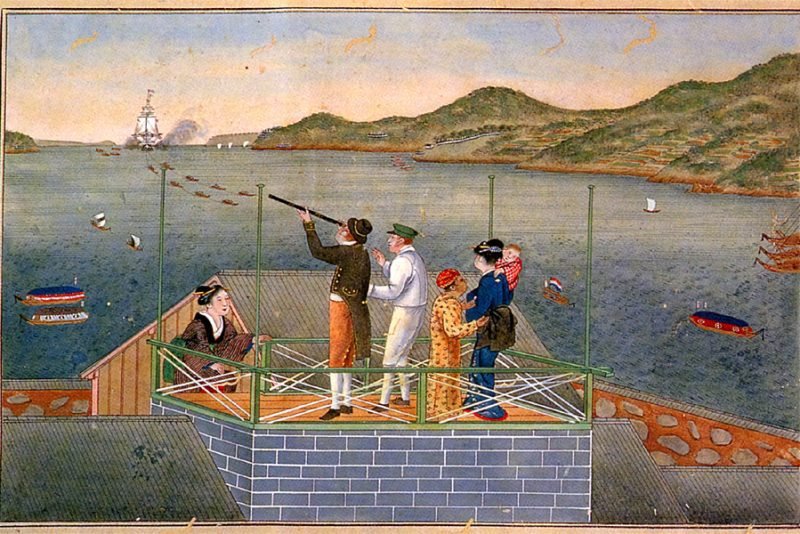
The demand for aromatic scents and incense by ancient empires such as Egypt, Rome, and Babylon elevated Arabia to one of the oldest trade hubs in the world. Frankincense is derived from trees of the genus Boswellia. Known as “olibanum” in Arabic, this aromatic resin was extracted from the milky sap of Boswellia trees. Traders sold and exchanged frankincense in Lebanon, facilitating its commerce with Europeans. With a trading history spanning over 5,000 years in the Arabian Peninsula and North Africa, frankincense held significant cultural and religious significance. In Christian tradition, the Magi presented gifts of gold, frankincense, and myrrh to the infant Jesus after his birth.
Myrrh, a reddish-brown resin obtained from specific trees, was another sought-after product along the Incense Route. Originating primarily from Yemen, Somalia, and parts of Ethiopia, myrrh was utilized across various cultures for its aromatic, medicinal, and embalming properties. Herodotus, writing in the 5th century BCE, lauded Arabia as the exclusive producer of myrrh, frankincense, cassia, and cinnamon. Ancient Egyptians imported substantial quantities of myrrh as early as 3000 BCE, employing it for embalming rituals and religious ceremonies. In Ancient Rome, myrrh commanded a premium price, valued at five times higher than frankincense. Pliny the Elder acclaimed myrrh as a key ingredient in perfumes, dubbing it the “Royal Perfume” of the Parthians. Additionally, myrrh was utilized for fumigating wine jars and imparting a luxurious flavor to wine.

The trade along the Incense Route thrived, reaching its zenith with an annual exchange of 3000 tons of incense. According to accounts by the Roman historian Pliny the Elder, traversing the route took approximately 62 days. However, the route’s exact path occasionally shifted due to disputes over exorbitant taxes levied by opportunistic settlements. By the 1st century CE, advancements in ship design rendered sea routes more appealing, rendering the ancient overland route somewhat obsolete.
The Trans-Saharan Trade Routes spanned the Sahara Desert, linking Mediterranean countries with sub-Saharan Africa. These routes, in existence since ancient times, reached their peak from the 8th to the late 16th century, facilitating trade between Europe and Africa. Prior to Phoenician dominance, three ancient routes connected the Mediterranean coast of Africa, with the Garamantes, herdsmen from the Fezzan region of Libya, controlling these routes as early as 1500 BC. From the 5th century BCE to the 5th century CE, the Fezzan region hosted the Garamantian Empire, a city-state that managed the Trans-Saharan trade routes between the Carthaginians, later the Roman Empire, and Sahelian states in western and central Africa.

The Age of Exploration in the 15th and 16th centuries brought about significant shifts in the global perfume trade. European explorers ventured to distant lands in search of new trade routes and sources of aromatic materials. The discovery of the New World introduced novel botanicals like vanilla, cocoa, and tobacco to Europe, which soon found their way into perfumery.
Colonial expansion and the establishment of maritime trade routes also facilitated the exchange of perfumery techniques and ingredients between continents. European powers like Portugal, Spain, France, and later England, established colonies in regions rich in aromatic resources, such as the Caribbean, India, Southeast Asia, and Africa. These colonies became hubs for the cultivation and extraction of aromatic materials like spices, flowers, and woods, which were exported to Europe for use in perfumery.
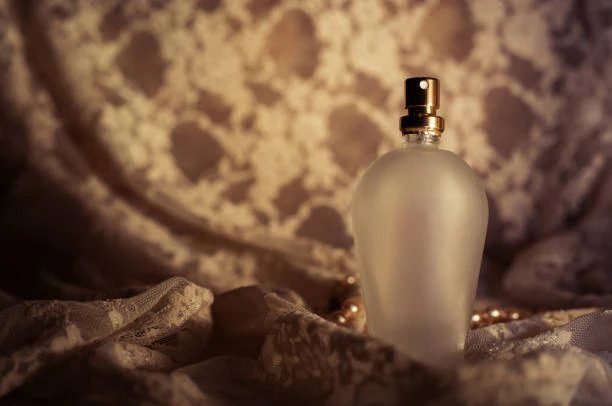
Furthermore, the industrial revolution and advancements in transportation further accelerated the globalization of the perfume industry. Steamships and railways enabled faster and more efficient transportation of raw materials and finished perfumes across continents. This facilitated the mass production and distribution of perfumes, making them accessible to a wider audience.
In the late 18th and 19th centuries, the rise of European empires and industrialization revolutionized perfumery. Britain, with its vast colonial holdings and burgeoning consumer society, emerged as a nexus of innovation. Exotic spices and ingredients from distant lands enriched the perfumer’s palette, spawning a plethora of new fragrances.
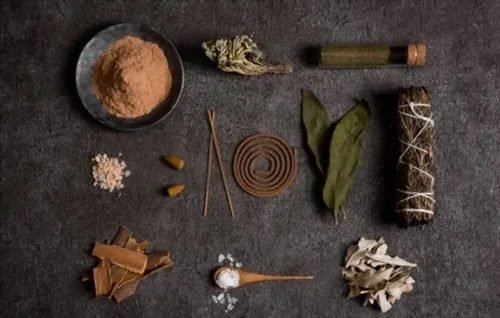
In the modern era, global trade continues to shape the perfume industry. The rise of globalization and free trade agreements has facilitated the exchange of ideas, technologies, and ingredients between perfumers worldwide. Today, perfumers have access to a vast array of aromatic materials sourced from diverse regions, allowing for endless creativity and innovation in fragrance creation.
In conclusion, global trade routes have played a pivotal role in shaping the perfume industry, from ancient times to the present day. Through the ages, the exchange of aromatic materials, techniques, and cultural influences along these routes has enriched perfumery, contributing to its evolution as a global art form. From the distant lands of the East to the markets of Europe, the journey of scent has been a tapestry woven with threads of exploration, exchange, and adaptation.
So, the next time you inhale the heady aroma of cinnamon, clove, or jasmine, take a moment to marvel at the centuries-old journey that brought these fragrant treasures to your doorstep. Each aromatic note carries with it the echoes of a saga—a saga of exploration, exchange, and the enduring allure of scent. From the spice caravans of antiquity to the cargo ships of the modern era, the story of perfumery is a testament to the enduring legacy of global trade and its profound impact on our olfactory landscape.


